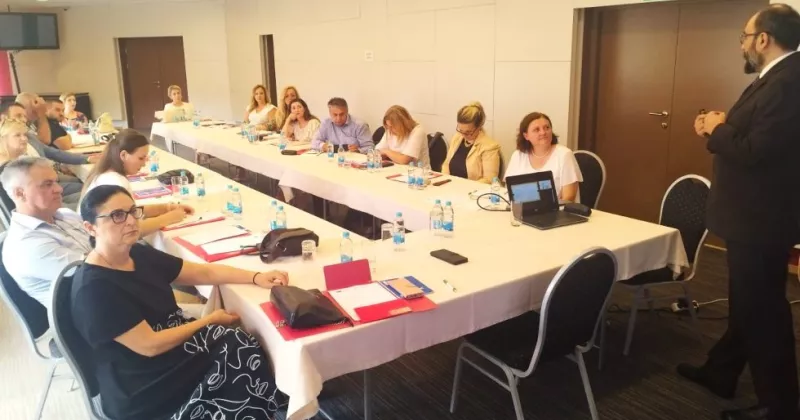How we developed dialogue for prisoner reintegration
Rodica Pana works as a Director at the Centre for Promoting Lifelong Learning (CPIP) – a Romanian non-profit organisation, active in the educational and social field. In 2011 Rodica took part in a Grundtvig project called ‘Convicts Liberty Aid Project’ (CLAP). Rodica shared her story with EPALE and told us more about how CLAP developed dialogue as a tool.
About me

I have been managing co-financed projects since 1998. I am a trainer, specialised in interethnic communities, and a master trainer in the dialogical method. The organisation and team that I represent as a Director – CPIP – have always had a strong interest in delivering lifelong learning in challenging environments, including prison.
Using European funding
In 2011 when CLAP was developed and submitted for evaluation, our partners from the prison system had never taken part in the Lifelong Learning Program (LLP). So we saw the need and took the opportunity. CPIP wanted to expose prison staff and prisoners to the European context and to a new way of learning together.
With internal resources, we would have been cut off from the European perspective. In order to get exposure, LLP was the only solution: it offered some financial support, it gave credibility at central management level, and it motivated the beneficiaries because it brought innovation to their lives.
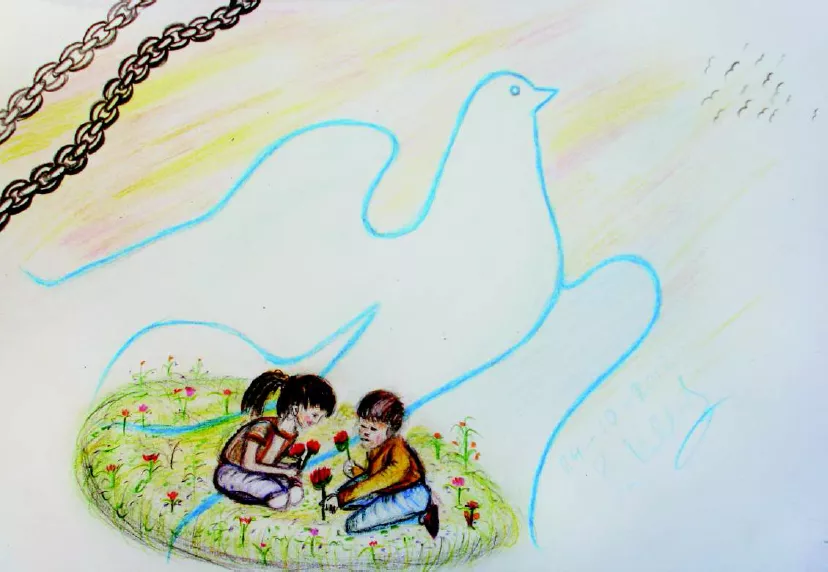
Theme 'Freedom' (drawing made by inmates from Greece)
The team
We brought together Romania, Hungary, Malta, Greece, Cyprus, Finland and Poland, backed up by Germany as an external evaluator, so it was quite a big team. This European perspective was essential, for more than one reason.
First of all, prison practitioners needed to see they were not alone. After thorough research, conducted between us and our partners, we identified common problems, needs and challenges.
Secondly, prison administration staff needed to see a secure structure with clear guidelines and a constant supervision, in order to get involved.
And lastly, prisoners needed a different approach to their pre-release programs and also needed to re-connect with the world.
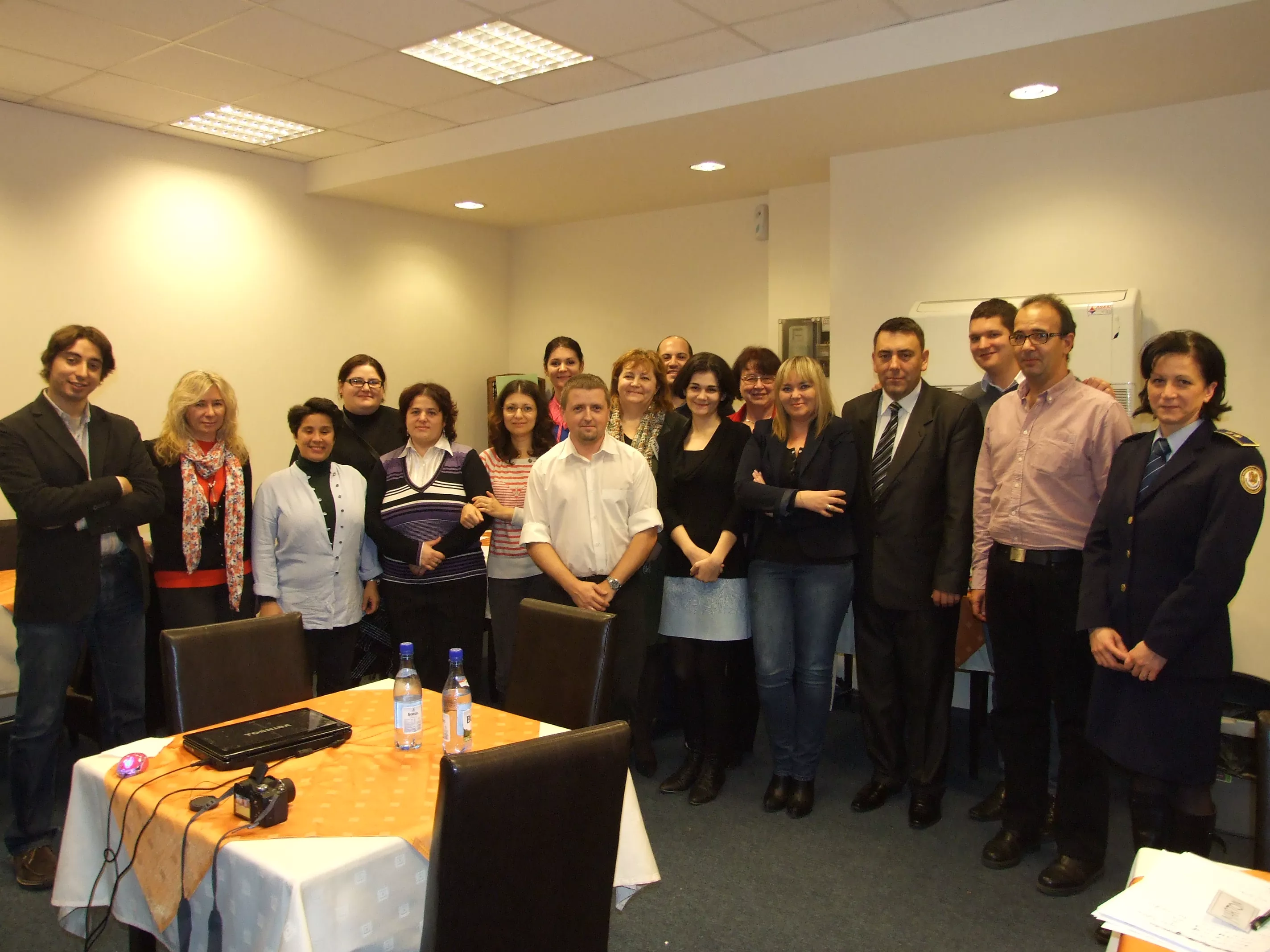
The research we conducted among prison staff showed that preparing for release is quite a challenge and the problems are numerous:
Excessive administration
Apathy at work – “burning out”
Conflicts between staff trying to organise their tasks
Inappropriate methods of raising the motivation of inmates to learn or work
Social workers don’t have enough time to train others, because they have a lot of administrative tasks on their hands
Lack of appropriate tools
Low level of innovation
Difficulties in understanding the range of realities facing prisoners pre- and post-sentence.
When thinking about developing a project in prison context, every project manager needs to consider these serious challenges.

Drawing made by inmates from Greece
Developing the tool
When CLAP’s project team started their work, they found that there were many initiatives developed locally or at country level with similar results, and for us a common European approach was the next logical step. We figured out that what we all have in common is dialogue, so we accepted the challenge to turn this in to a powerful tool for reintegration, a tool that goes beyond national priorities, and targets the exact needs of the professionals. We took several steps in developing dialogue as a reintegration tool:
Reality check
First we found out the reality in our prisons at grass roots level. We started a dialogue with prison workers of all types and at all levels and identified their needs. We added input from decision-makers, outside organisations and ex-inmates, and then we had a clearer picture of the pre-release stage.
Tool development
Based on this research and case studies from each partner country, we developed training materials for prison workers. These training tools gave practical hints and tips and stimulated dialogue in preparing for prisoners’ release. Using this material as a toolkit would stimulate the prison workers and inmates to develop their own pre-release materials and activities based on dialogue.
Reality check again
With the involvement of a few dedicated prison workers and decision-makers across the partnership we had a try-out of our toolkit: a specially dedicated training session, a testing workshop, and a piloting period.
Practice
Once we established our community of practice and the final version of the toolkit we implemented it in the prisons that joined our program. As a result of this implementation, the prison workers, together with the inmates, developed a reintegration guide. This was our ultimate goal – to involve all the relevant actors from prisons in a dialogue.
We involved both inmates and prison workers in all the activities developed by CLAP. Our different partners used different methods to involve the community of users in the project.

Drawing made by inmates from Romania
Some partners officialised the involvement of the end users through exchange of agreements with the centralised national penitentiary agencies (Romania), or with the directors/head deputies of state penitentiaries (Cyprus).
Other partners worked directly with prison workers based on a letter of engagement and a CV (Greece), or an informal approach and direct activities (Malta and Romania).
Our partners in Poland reached a great number of institutions from the national network of penitentiaries and then focused on a few for in-depth work.
Our Maltese partners involved specialists from large European networks (such as the European Prison Education Association).
Hungary and Romania focused only on the prisons that they represented and developed a more intense approach, aiming to mainstream project results at an institutional level.

Drawing made by inmates from Romania
The CLAP project started developing alternative learning approaches to reintegrate inmates in society.
We also involved prison workers and inmates in the development of release strategies and tools, materials tailored to their specific needs, and established a standardised framework among the partnership. Around 207 prison workers outside the project partnership and 561 inmates were directly involved in CLAP activities (developing drawings for CLAP Magazine, preparing to use the toolkit, starting dialogue activities, developing the Reintegration Guide etc).
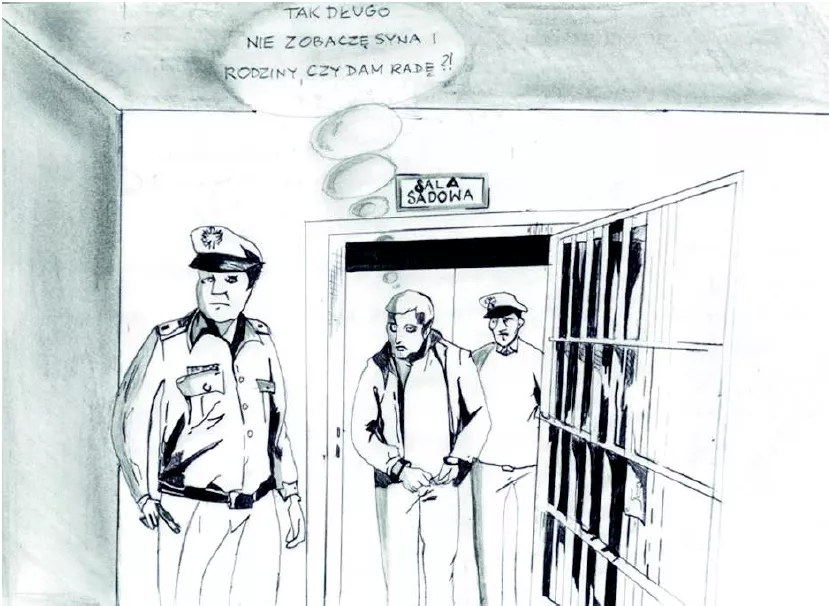
Drawing made by inmates from Poland
Research
We conducted a research activity in Romania, Poland, Cyprus, Greece, Malta, Hungary and Finland. The activity had two parts – desk research, focusing on larger European trends and facts, and a field research covering national situations. The research questions we focused on were:
What tools and methodologies have been used until now for communication between inmates, social workers and educators? What are their advantages and disadvantages? Are they effective? If not, why?
Is the preparation of inmates for their release, and communication between inmates, social workers and educators of good quality? What problems are identified? Why do these problems exist?
What are the needs of the inmates at the moment of their release? Are social workers and educators equipped to prepare the inmates for these problems during imprisonment?
- Which are the main needs of social workers and educators for communication with inmates? What could improve the quality of this communication?
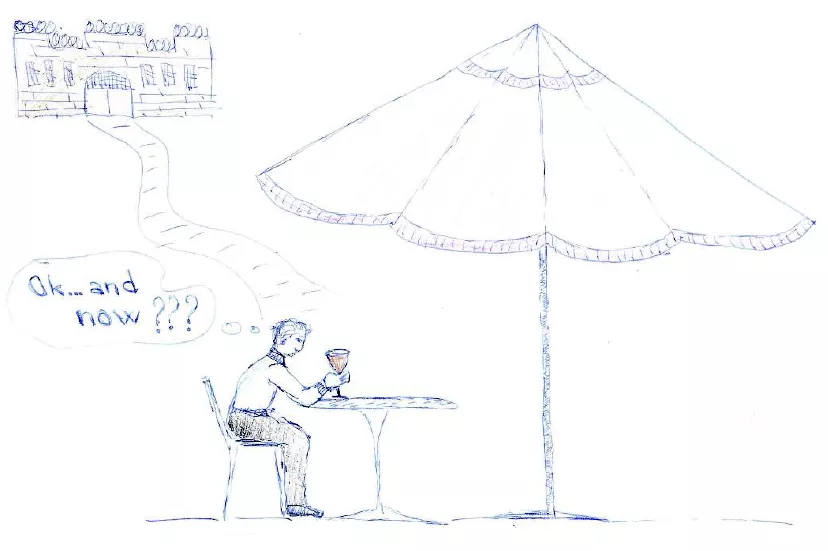
Drawing made by inmates from Romania
Based on these questions we developed both open and closed questionnaires for social workers, educators, ex-inmates and decision-makers from the penal system. As we are an extremely diverse partnership, the partners were flexible in choosing what type of questionnaires to use with each type of key actors.
For example, on one hand in Poland, where there are over 80 prisons (out of which 70 were invited to join CLAP and 10 responded), our partners succeeded in collecting data from three social workers, 46 prison educators, eight decision makers and 41 ex-offenders.
On the other hand we had Cyprus which only had one prison in the country. But fortunately for the CLAP project, they were more than interested in joining, so our partner collected data from two social workers, three prison educators, two decision makers and three ex-offenders.
This is why we mixed quantity with quality – in order to reach a valid result. We ended up with data from over 150 cases and were able to develop a research and recommendation paper.
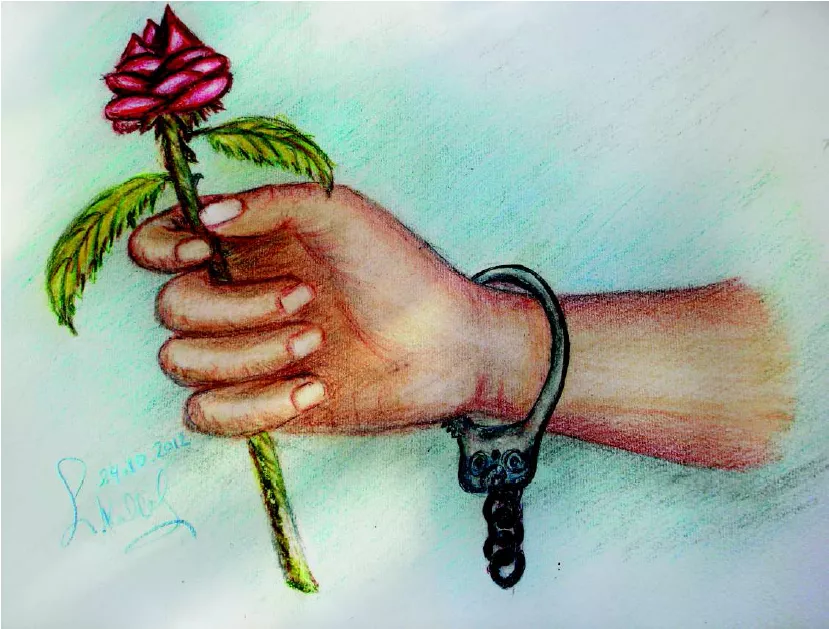
Drawing made by inmates from Cyprus
Results
We developed the “Dialogical Communication and Intervention Toolkit” for penitentiary workers.
We carried out an interactive and cross-partnership training, which was held between 7 and 8 February 2012 in Cyprus. At this training, 21 prison workers from 12 institutions experimented with dialogical tools and also had testing sessions with the specific tools we developed in the CLAP project.
On their return to their workplaces, the 21 prison workers disseminated the information and multiplied the results, so as to introduce CLAP in their work environment.
We produced around 185 toolkits and accompanying CDs in national languages and distributed them to our partners. For the English language version, we produced and distributed 455 toolkits and accompanying CDs.
We also developed MyComPASS Reintegration Guide with the help of prison workers and inmates, using dialogical methods and tools developed in CLAP project. Over a period of five months, 207 prison workers and 561 prisoners were involved in developing the MyComPASS Guide. At partnership level, a total of 549 national versions of the Guide were produced and distributed, with 145 translated into English versions of national guides.
Working in such a diverse team confirmed some of my preconceived notions but it also dismissed others. European projects can be implemented even in the strictest and most challenging environments, as long as you bring together a team supported by institutional management.

Theme 'Home' (drawing made by inmates from Hungary)




